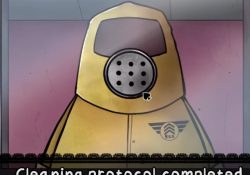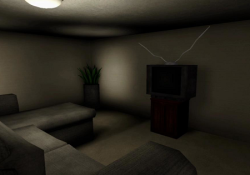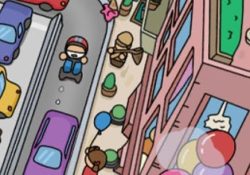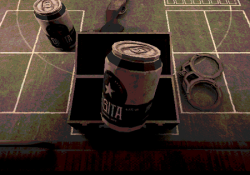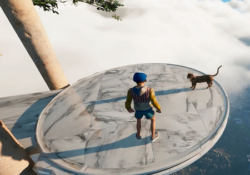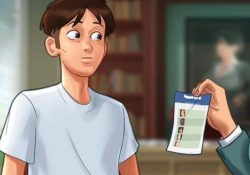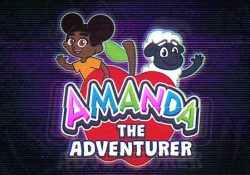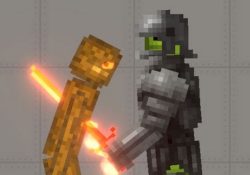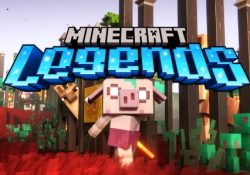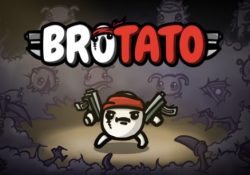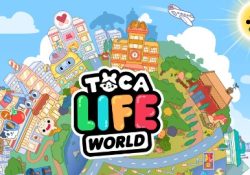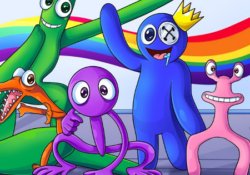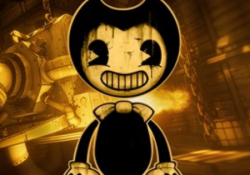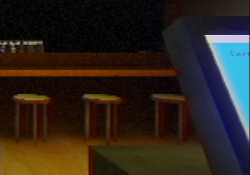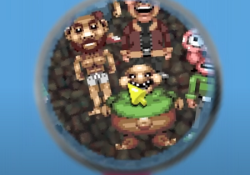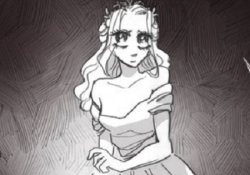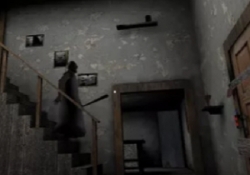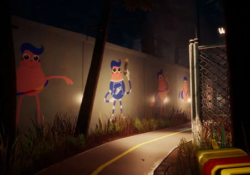The Three Little Pigs Horror takes a well-known story and reshapes it into something unfamiliar. You begin in a dark woodland where the original fairy tale has decayed into a much more disturbing version. The houses still stand — one of straw, one of sticks, one of bricks — but what happens inside them is no longer innocent. As the player, you explore each pig’s location from a first-person perspective, uncovering unsettling changes in their personalities, environments, and motives. The game avoids simple retelling, instead presenting a twisted sequence of events where nothing is predictable and no character is exactly who they seem to be.
Houses as Psychological Spaces
In The Three Little Pigs Horror, each house represents more than just building material. These are stages of mental collapse, survival, and confrontation. The straw house is unstable, quick to fall apart, filled with flickering images and distorted sounds. The wooden house introduces pacing, puzzles, and movement between spaces that never connect the same way twice. The brick house feels safest at first, but reveals itself to be a trap of another kind. The player is not simply visiting — they are involved. Whether an outsider or participant, your presence shifts the events in ways you can’t always control.
Key features of The Three Little Pigs Horror:
- First-person exploration with dynamic environmental storytelling
- Puzzles tied to the personality of each pig and the structure of their home
- A shifting antagonist that takes different forms depending on player choices
- Audio design that reacts to player movement and decisions
- Multiple outcomes based on where you choose to go and what you uncover
- A restructured fairy tale world that avoids direct narration and explains little
The Wolf Is Not Always the Threat
One of the central themes of The Three Little Pigs Horror is that roles can change. At times, it’s unclear who the real danger is — the wolf, the pigs, or something else entirely. Flashbacks, broken objects, and environmental clues start to blur the morality of the original story. You might find evidence that the wolf never entered certain houses. You might find traps made from the inside. As the game progresses, trust becomes fragile. No one speaks, but everything in the environment communicates — through scratching sounds, old photographs, torn paper, or walls that seem to breathe.
An Ending Built by Your Path
How you explore determines what you understand. The Three Little Pigs Horror does not rely on a traditional ending screen, but instead lets the final scenes reflect your route through the story. The game doesn’t explain what was real, but it shows you what you focused on. Did you linger in the straw house too long? Did you try to fix the broken tools in the wooden one? Did you open the locked basement in the brick house? Your actions build a version of the story that feels personal, incomplete, and hard to forget.



